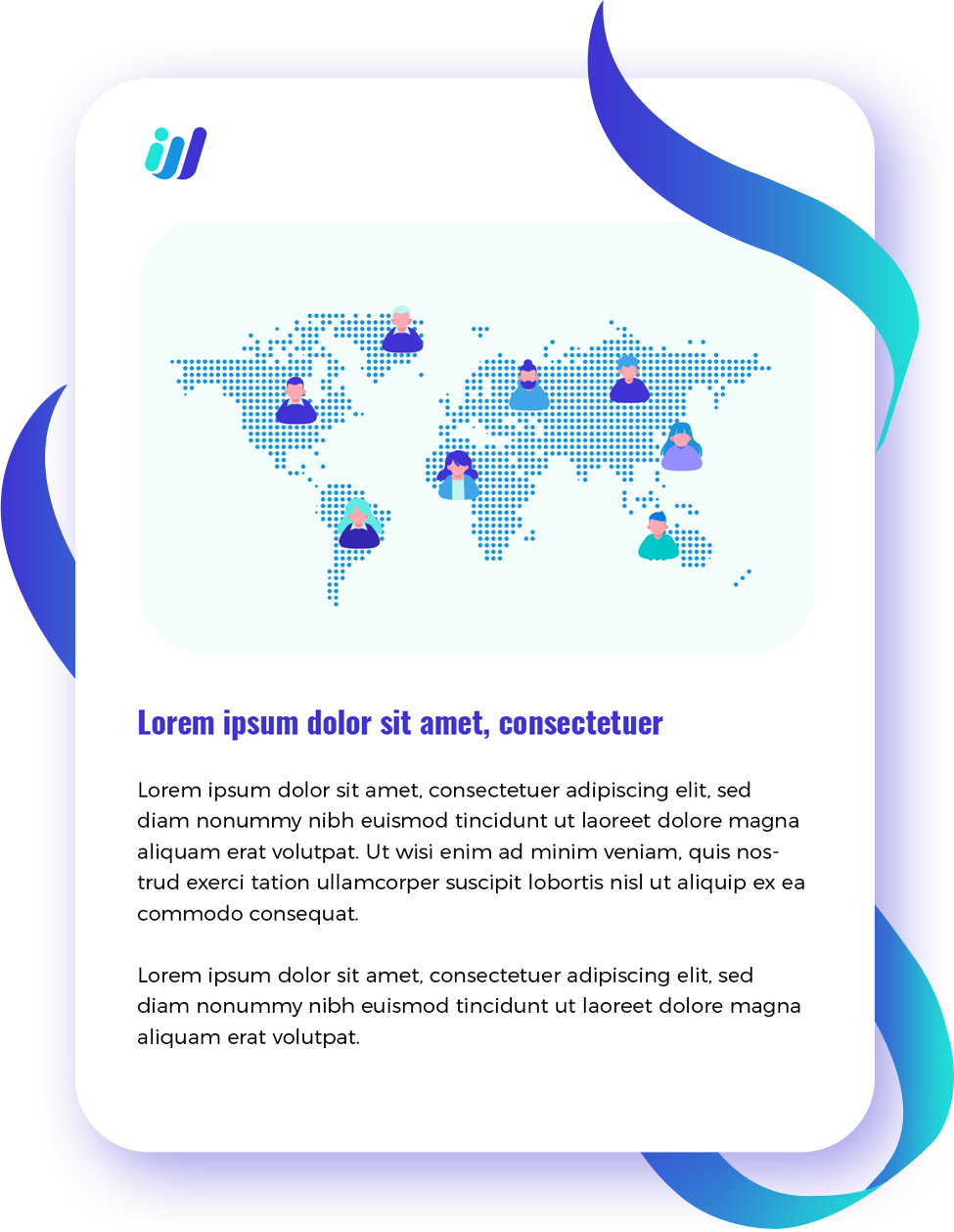Challenges in Vendor Management and How to Overcome Them
Vendor management is a critical aspect of business operations, particularly for companies that rely on external suppliers to provide products, services, or materials. In industries like manufacturing, retail, and IT, where businesses frequently interact with multiple vendors, ensuring timely and consistent delivery becomes crucial. Poor vendor management can lead to disruptions in the supply chain, poor product quality, and strained relationships. In this article, we will explore some of the key challenges businesses face in vendor management and provide actionable solutions to overcome them.
1. Selecting the Right Vendor
Challenge:
One of the first and most fundamental challenges is selecting a vendor that strikes the right balance between affordability and quality. Businesses often find themselves choosing between cost-effective but less reliable vendors and premium vendors who may exceed the budget. Additionally, finding a vendor that can scale with your business as you grow can also present a challenge.
Solution:
Conduct thorough research and due diligence before choosing a vendor. Look beyond just price and consider factors such as the vendor’s reputation, ability to meet deadlines, the quality of their products or services, and scalability. Implementing a vendor scorecard or using a standardized vendor assessment tool can help you make data-driven decisions. These tools typically evaluate vendors on multiple factors, such as pricing, quality, reliability, and customer service.
2. Maintaining Quality Standards
Challenge:
Maintaining consistent quality from vendors can be difficult, especially when working with international suppliers or managing a large number of vendors. Some vendors may meet quality standards during the initial stages of the relationship but gradually fail to maintain those standards over time.
Solution:
To ensure consistent quality, clearly communicate your expectations and quality standards upfront. Establish performance metrics and key performance indicators (KPIs) to monitor vendor performance regularly. This should include routine inspections, quality checks, and audits. Providing vendors with detailed feedback can help them understand areas for improvement and maintain the desired standards over time. Regular performance reviews will also help identify vendors that may need to be replaced if they consistently underperform.
3. Managing Vendor Risks
Challenge:
Vendor-related risks can come from various sources, such as financial instability, delivery delays, or data security issues. Vendors with poor cybersecurity practices pose a risk to sensitive business data, while unreliable suppliers can disrupt the supply chain, resulting in missed deadlines and customer dissatisfaction.
Solution:
Risk assessment and mitigation should be a critical part of vendor management. Conduct regular audits to identify potential risks and ensure that vendors comply with both industry standards and your company’s data security protocols. For example, businesses working with international vendors must be particularly vigilant about compliance with local regulations and data protection laws, such as the GDPR. Developing contingency plans for worst-case scenarios, such as a vendor going bankrupt or failing to deliver on time, will also help you prepare for and manage vendor risks more effectively.
4. Negotiating Contracts
Challenge:
Negotiating a contract that is mutually beneficial for both parties can be challenging. Businesses with less bargaining power may struggle to negotiate favorable terms, while ambiguous contract terms can lead to disputes later in the relationship.
Solution:
Effective contract negotiation requires preparation. Start by understanding the market rates for the products or services you’re seeking and clearly define your business needs. Be flexible on terms that are less critical, such as delivery schedules or payment terms, but firm on non-negotiables like quality and pricing. It’s also beneficial to seek legal counsel to review contract terms, particularly for large or complex agreements. Ensure all details are explicitly outlined in the contract to avoid misunderstandings in the future.
5. Managing Multiple Vendors
Challenge:
For businesses that rely on several vendors, managing multiple relationships can become overwhelming. Keeping track of individual contracts, delivery schedules, invoices, and performance metrics is a daunting task, often leading to miscommunication, errors, or missed deadlines.
Solution:
Leverage technology, such as a Vendor Management System (VMS), to streamline the process. A VMS centralizes all vendor-related information, such as contracts, communication, and performance data, making it easier to manage multiple vendors from one platform. Additionally, automation can be used to handle routine tasks like sending out purchase orders, processing invoices, or tracking deliveries. This not only reduces human error but also frees up time for more strategic vendor management tasks.
6. Ensuring Vendor Compliance
Challenge:
Ensuring that vendors comply with your company’s standards, industry regulations, and legal requirements can be challenging, especially when dealing with international vendors who operate under different regulatory frameworks.
Solution:
Clearly communicate your compliance requirements to all vendors at the start of the relationship. Consider using a compliance management system to streamline the process of monitoring and enforcing compliance. Regularly auditing vendors for compliance will ensure that they adhere to both your internal policies and relevant legal requirements. For international vendors, ensure that they understand and comply with local regulations as well as any global standards that apply to your industry.
7. Maintaining Good Vendor Relationships
Challenge:
Relationships with vendors can become strained over time, particularly during periods of disagreement or when one party fails to meet expectations. A poor vendor relationship can lead to delays, decreased service quality, or even legal disputes.
Solution:
The key to maintaining strong vendor relationships is open, honest, and frequent communication. Establish a clear line of communication from the outset and ensure that all issues are addressed promptly and professionally. Providing timely payments and offering constructive feedback can help build goodwill and trust. It’s also essential to understand the vendor’s perspective, particularly during disputes, as this can help both parties find a mutually acceptable solution.
8. Performance Monitoring
Challenge:
Ongoing performance monitoring is essential to ensuring that vendors meet their contractual obligations. However, tracking vendor performance can be complex, particularly when you’re managing multiple vendors across different locations or time zones.
Solution:
Implement performance tracking tools and set clear KPIs to assess vendor performance on an ongoing basis. Metrics might include delivery times, product quality, customer service, and responsiveness. Regularly reviewing these metrics allows you to address any performance issues early and take corrective action. Some businesses also offer incentive-based contracts, rewarding vendors for exceptional performance, which can encourage them to exceed expectations.
Conclusion
Vendor management is an essential part of ensuring business success, but it comes with its fair share of challenges. From selecting the right vendor to ensuring compliance and maintaining strong relationships, these obstacles can seem daunting. However, by implementing best practices such as using technology to automate processes, establishing clear communication channels, and regularly monitoring performance, businesses can mitigate these challenges and optimize their vendor management strategies. Doing so will not only help ensure a smooth supply chain but also foster long-term, productive relationships with vendors that contribute to business growth and profitability.


